Looting of the sea: the great sand theft – ABC
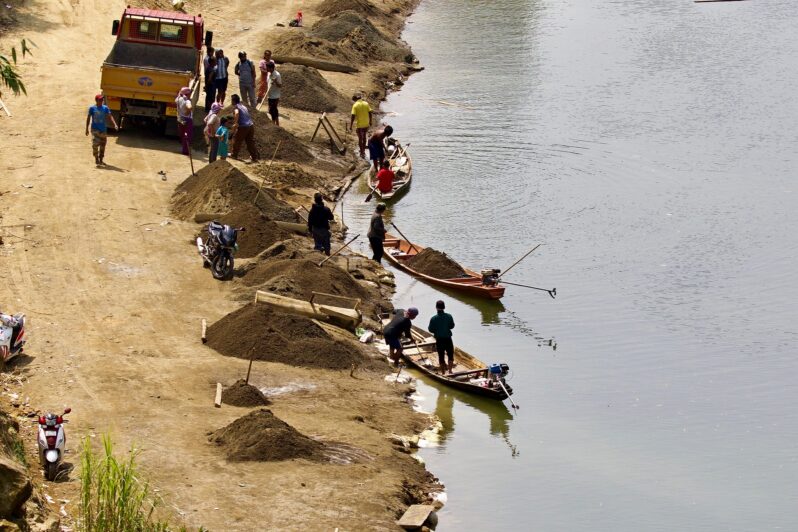
It is the most demanded raw material after water. It is used to make concrete, chips, detergents, paints… and even artificial islands. The big cities are hungry for sand and to satisfy it, the world’s beaches are being plundered….
2022 Six Part Series on “Sand Dealers” – Le Monde
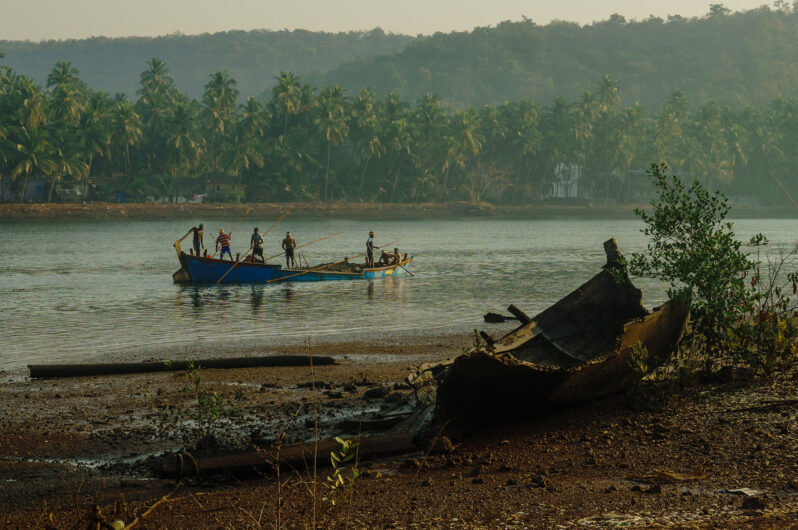
Published in 2022, links to Le Monde’s Series on Sand are provided here…
Inside the Crime Rings Trafficking Sand – Scientific American
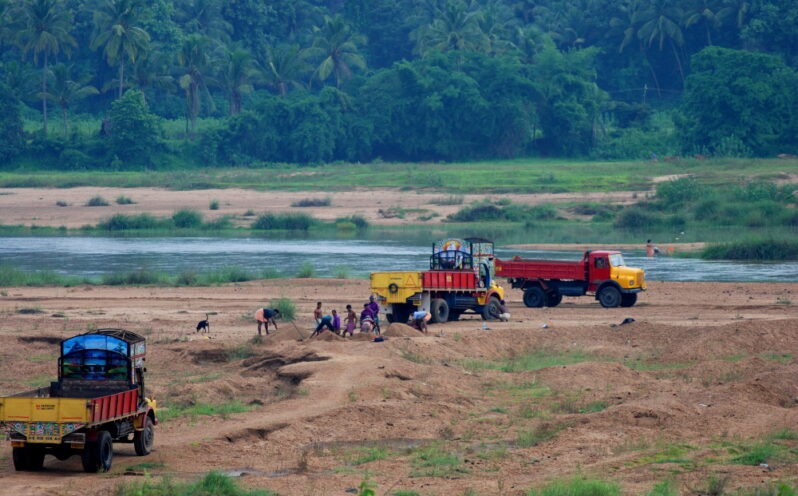
Organized crime is mining sand from rivers and coasts to feed demand worldwide, ruining ecosystems and communities. Can it be stopped?…
Women against the grain – Beneath the Sands ERC
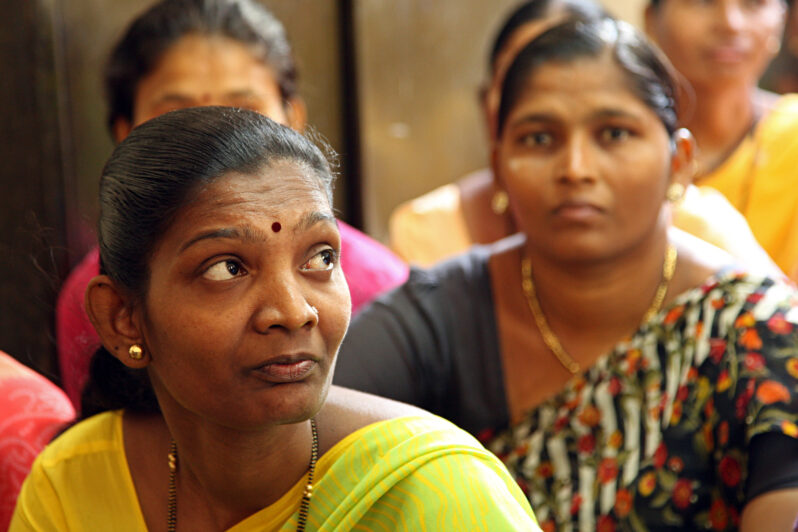
Women in Cambodia, India, Kenya and Indonesia share how they are on the frontlines in the resistance against powerful sand mining operations in their communities.
In a trade that is dominated and driven by men, women often bear the burden of the negative social and environmental impacts from sand mining activities across the world. This is evident in much of our reporting on the global industry. As is common with many environmental issues we face today, we feel that the disproportionate burden to women is a heavily underreported issue…
Beneath the Sands Series – the Environmental Reporting Collective

The greed for grains of sand comes at an ecological disaster and fatal human cost; murders and other associated crimes which have taken a toll on poverty-stricken communities, particularly women.
The ERC investigation, Beneath the Sands, exposes how greed for grains of sand comes at a fatal human cost: As cities rise in number and countries urbanize rapidly, sand mining-related murders and other associated crimes have taken a toll on poverty-stricken communities…
Nowhere to fish, nowhere to farm – Beneath the Sands ERC

Across Asia and Africa, countries are dealing with massive sand mining that destroys fishing grounds, farmlands, and homes.
Beting Aceh, an island in Riau Province, Indonesia, has been Eryanto’s home for 40 years. The island is known for its white sandy beaches and clean ocean water; more than half its residents are fishers.
But the island has drastically changed over the past two years. The ocean water is getting murky, the beach is shrinking, and it has suffered from massive erosion, indicated by the uprooted trees strewn along the coast. Many villagers say the damage is linked to a sand mining operation happening between Beting Aceh and the neighboring Babi Island…
Sand – Planet Snapshots
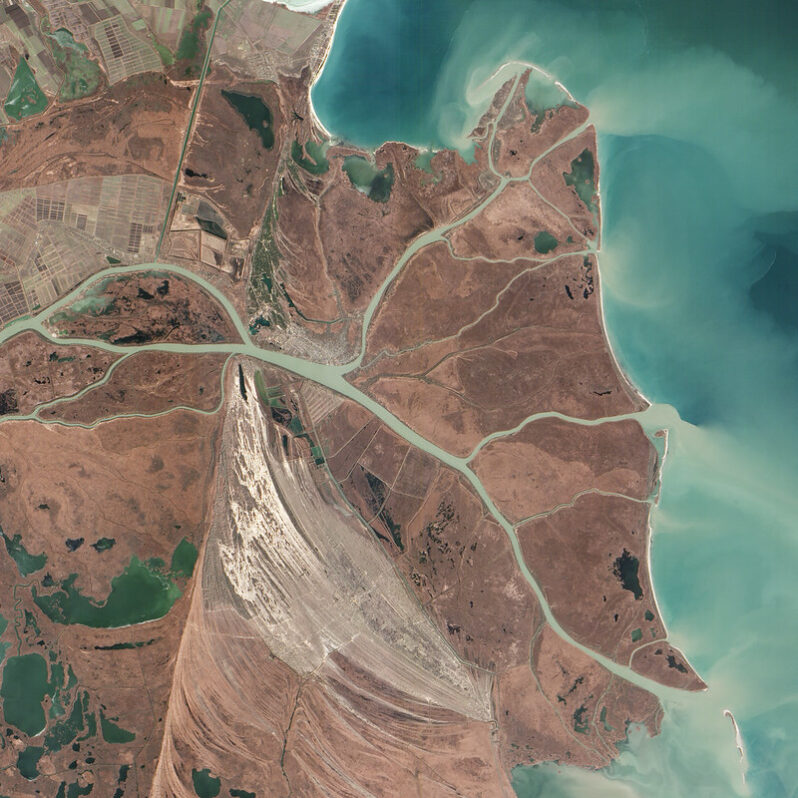
Sand. It’s coarse, rough, irritating, and it gets everywhere — perhaps more than you think. Sand is the second most used natural resource after water and the most extracted solid material, accounting for 85% of global mineral extraction. Like a messy trip to the beach, it has infiltrated our pockets and all our surroundings. It’s the key ingredient in cement, asphalt, glass, and silicon chips. Our cities are glorified sand castles, and our most advanced tech is built from this unimposing substance…
The crumbling coast: Mineral beach sand mining is eating away Kerala’s coast;Video
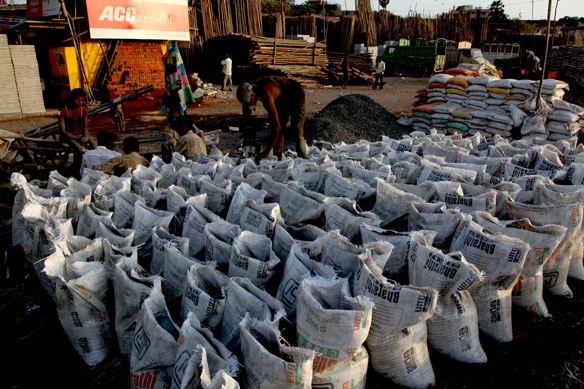
Residents of Alappad, a seaside village in Kollam, Kerala, have begun the #savealappad campaign to stop sand mining in their village which is resulting in large chunks of land getting wiped out.
Sand mafias silence journalists in India

Up to 50 billion metric tons of sand and gravel are extracted every year worldwide. The inexhaustible need for sand from this rapidly-developing country is the breeding ground for illegal activities by what has come to be known as the “sand mafias”.
